The Earth has been home to a diverse range of animals, from microscopic organisms to gigantic creatures that once roamed the land. Have you ever wondered what the biggest animals that ever walked the Earth were?
From prehistoric dinosaurs to modern-day mammals, the list of the top 10 biggest animals can vary depending on the source and criteria used.
You are reading: Top 10 Biggest Animals That Ever Walked The Earth
In this article, we will explore the longest, tallest, and heaviest animals ever to walk the Earth, according to various sources.
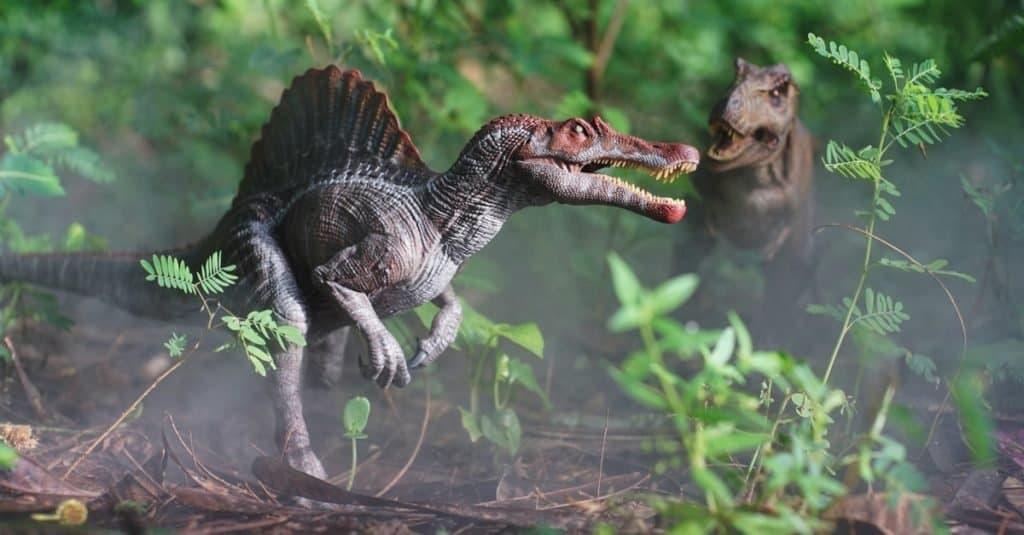
Top 10 Biggest Animals That Ever Walked The Earth
Blue Whale
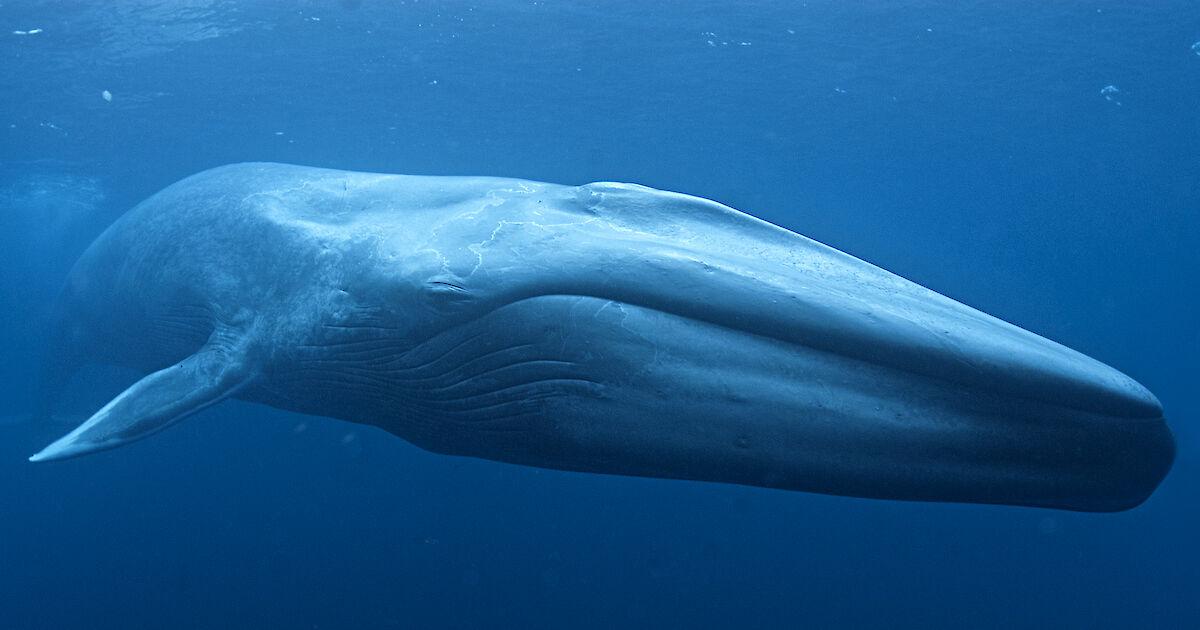
The Blue Whale (Balaenoptera musculus) is the largest animal ever known to have lived on Earth. These magnificent marine mammals can reach up to 100 feet in length and weigh upwards of 200 tons. Their hearts alone can weigh as much as an automobile, and their tongues can weigh as much as an elephant.
Blue whales are baleen whales, which means they have fringed plates of fingernail-like material, called baleen, attached to their upper jaws. The giant animals feed by first gulping an enormous mouthful of water, then using their tongues to push the water out through the baleen, trapping krill and other small organisms inside to eat.
During certain times of the year, a single adult blue whale consumes about 4 tons of krill a day. Despite their massive size, blue whales are graceful swimmers and can reach speeds of up to 30 miles per hour.
Argentinosaurus
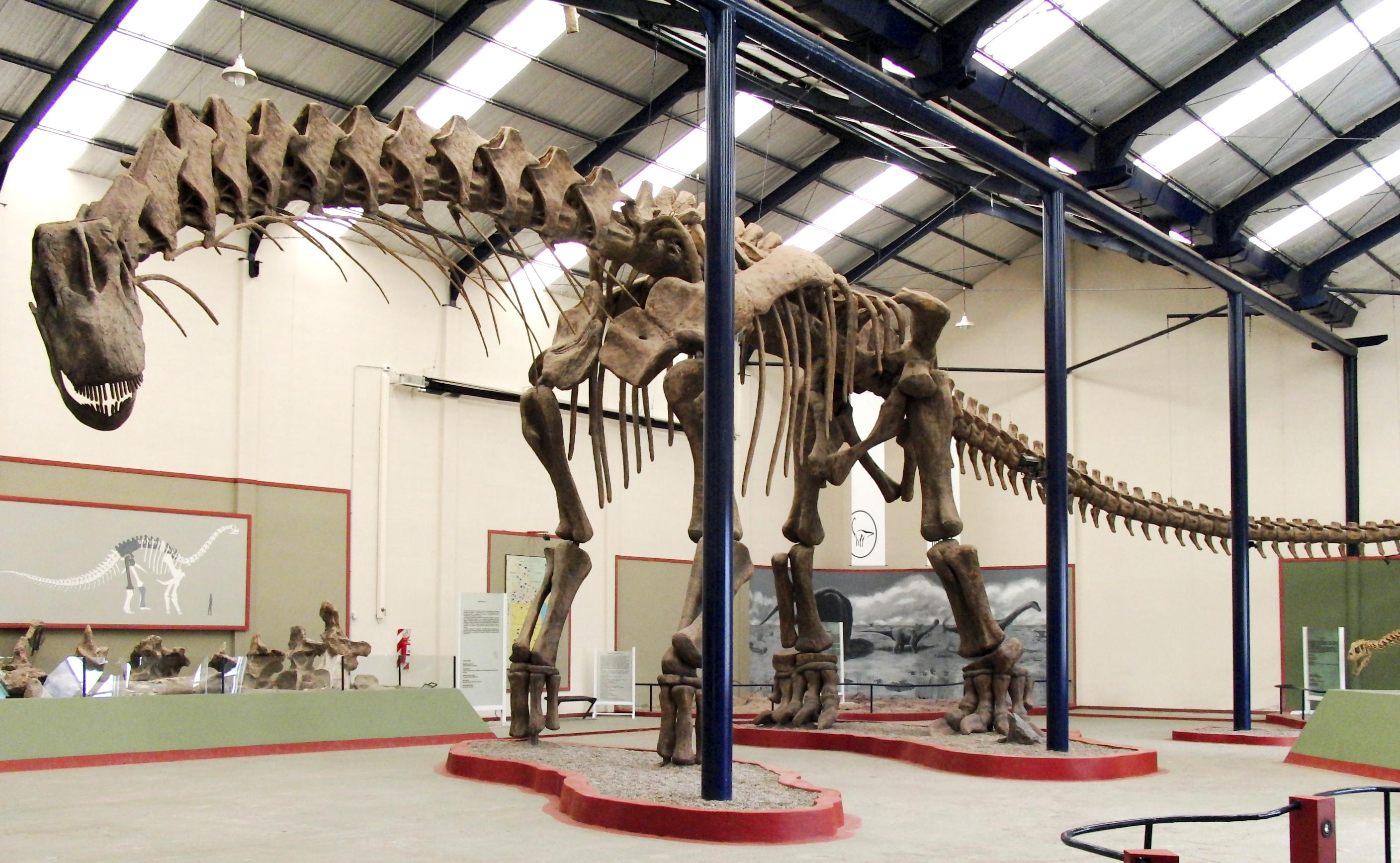
Argentinosaurus is a genus of giant sauropod dinosaur that lived during the Late Cretaceous period in what is now Argentina. Although it is only known from fragmentary remains, Argentinosaurus is one of the largest known land animals of all time, perhaps the largest, measuring 30–35 meters (98–115 ft) long and weighing 65–80 tonnes (72–88 short tons).
It was a member of Titanosauria, the dominant group of sauropods during the Cretaceous. The exact size of Argentinosaurus is hard to estimate due to the incompleteness of its fossilized remains.
The hatchlings of Argentinosaurus would have taken 15 years to grow to adulthood, and in that time, they would have been very vulnerable to predators, such as the Mapusaurus and Giganotosaurus. Argentinosaurus probably used its long neck to sweep the ground or to reach high up in search of vegetation.
Paraceratherium
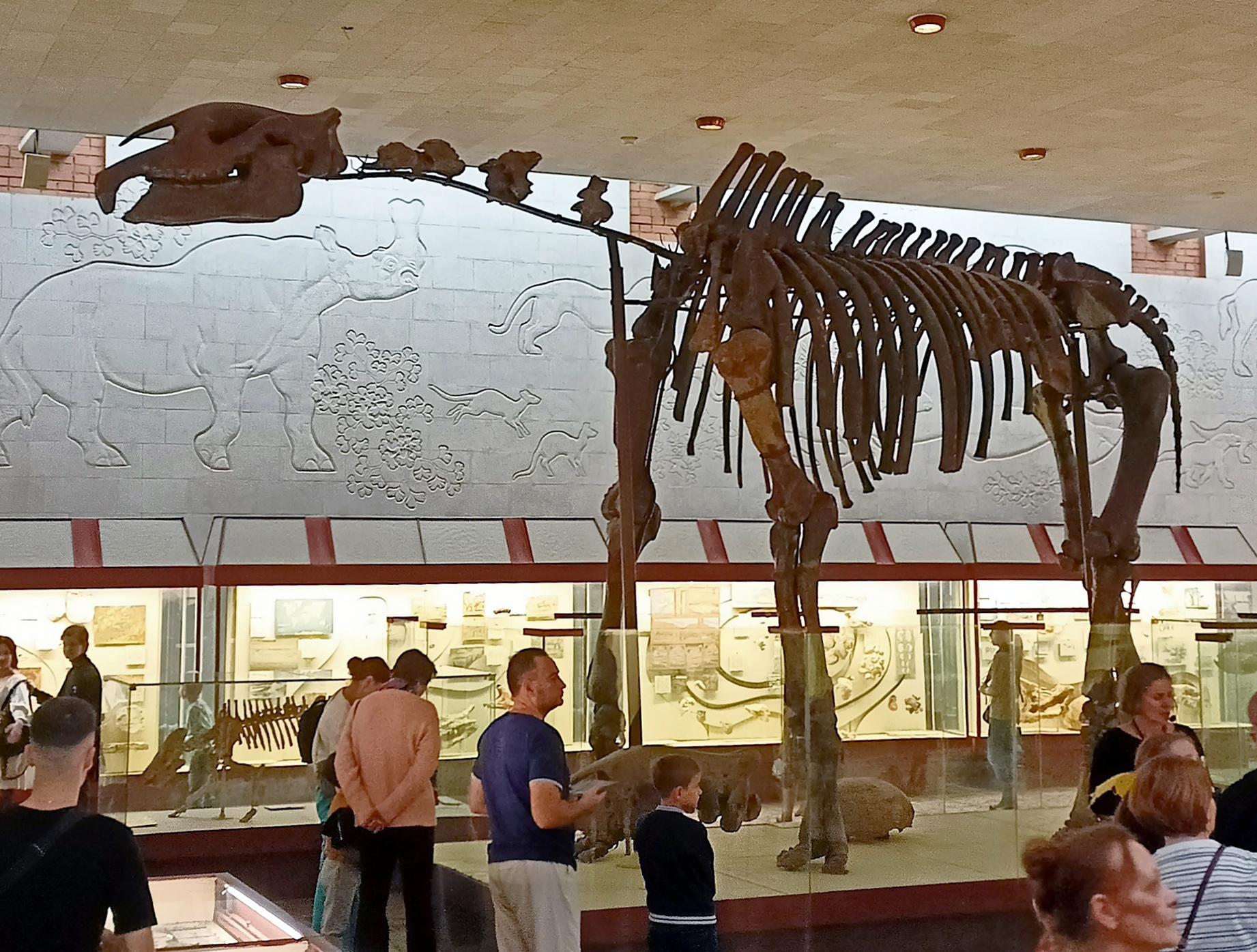
Paraceratherium is an extinct genus of hornless rhinocerotoids that lived from the early to late Oligocene epoch, between 34 to 23 million years ago. It is one of the largest terrestrial mammals that has ever existed, reaching up to 18 feet tall at the shoulder and weighing up to 20 tons.
The first fossils of Paraceratherium were discovered in what is now Pakistan, and remains have been found across Eurasia between China and the Balkans. The name Paraceratherium means “near the hornless beast,” in reference to Aceratherium, the genus in which the type species P. bugtiense was originally classified.
Paraceratherium had a diet consisting of relatively soft leaves and shrubs, as indicated by the simple, low-crowned teeth. Isotope analysis shows that Paraceratherium fed chiefly on C3 plants, which are mainly leaves.
Spinosaurus
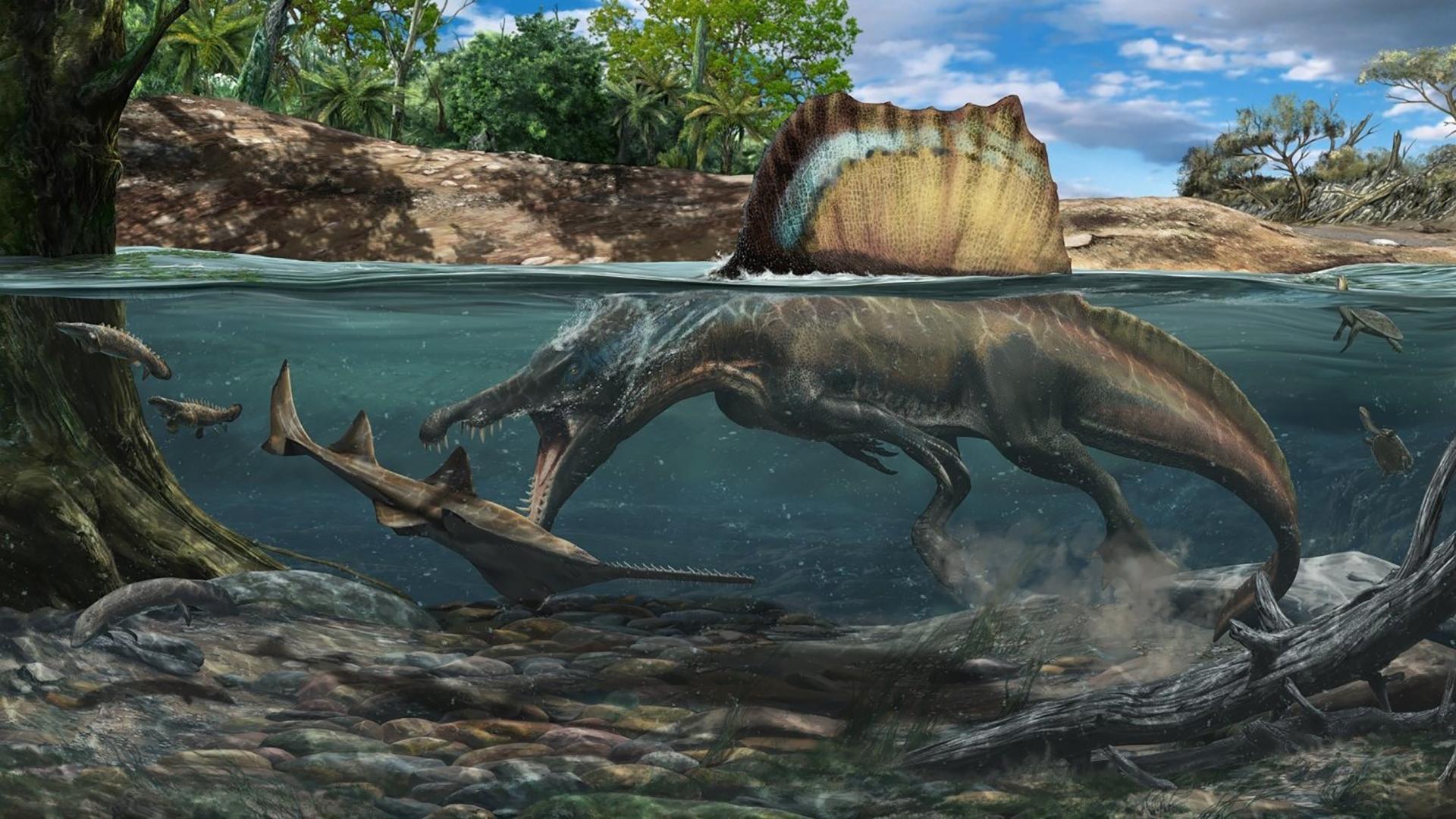
Spinosaurus (meaning “spined lizard”) is an extinct genus of spinosaurid theropod dinosaur that existed in what is now North Africa during the Cretaceous period.
– Spinosaurus is the only known dinosaur that is thought to have dwelled in water.
– It had a sail on its back with spines the size of surfboards, which may have been used for display or thermoregulation.
– Spinosaurus was a large meat-eating dinosaur that may have lived a semi-aquatic lifestyle.
– Its nostrils were further up on its snout than the nostrils of other dinosaurs, which would have allowed the animal to breathe even with most of its snout submerged.
– Its crocodile-like teeth were ideal for catching fish.
– Spinosaurus lived between 99 and 93.5 million years ago in the Late Cretaceous Period.
– It measured up to 50 feet in length and weighed up to 23 tons.
– Spinosaurus was a bipedal dinosaur that may have been a specialized ambush piscivore that frequented the margins of coastal and inland waterways.
– New fossils show that Spinosaurus ranged far inland, and it is best understood as a semiaquatic bipedal ambush piscivore that frequented the margins of coastal and inland waterways.
– Spinosaurus had smooth and cone-shaped teeth, and its diet consisted mainly of fish, but it may have also eaten other dinosaurs.
Overall, Spinosaurus was a fascinating dinosaur that had unique adaptations for living in and around water.
Brachiosaurus
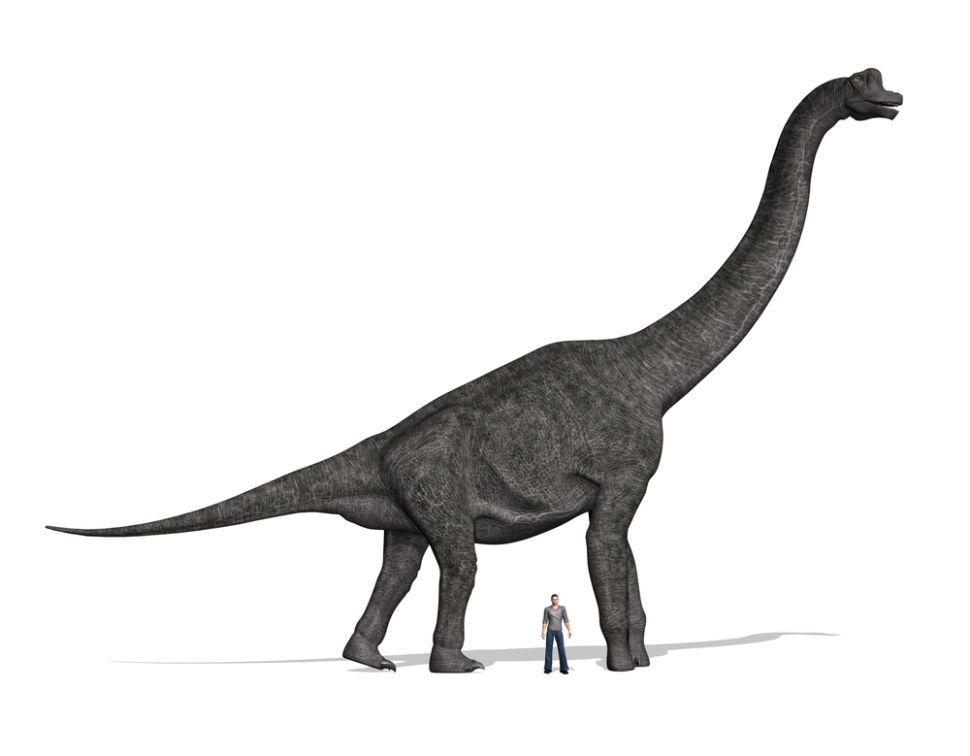
Brachiosaurus is a genus of sauropod dinosaur that lived during the Late Jurassic period, about 154 to 150 million years ago.
– Brachiosaurus is one of the most well-known of all dinosaurs.
– It gets its name from the great height of its humerus, which is longer than most humans are tall.
– Brachiosaurus was one of the heaviest and tallest sauropod dinosaurs for which complete skeletons exist.
– Larger fossil bones belonging to other (and possibly related) sauropods have been found, but these specimens are incomplete.
Read more : Top 10 Deadliest Animals In America
– Brachiosaurus was built like a huge giraffe, with immensely long necks and relatively short tails.
– Its forelimbs were longer than its hind limbs, which enabled it to lift its head to about 12 meters (39 feet) above the ground in order to browse the branches of tall trees.
– Brachiosaurus attained a maximum length approaching 25 meters (82 feet) and a weight of nearly 80 metric tons (88 short tons).
– Experts think that Brachiosaurus couldn’t run, so its size might’ve made fierce predators like Allosaurus think that the dinosaur was too big to take down.
– Brachiosaurus held its head very high and likely ate the leaves on tall tree-like plants.
– Scientists once thought that Brachiosaurus lived in water, but they now know that the pressure of the water would’ve made it impossible for the dinosaur to breathe.
Overall, Brachiosaurus was a fascinating dinosaur that was built for browsing the tops of trees and may have been too big for predators to take down.
Stegosaurus
Stegosaurus is a genus of herbivorous, four-legged, armored dinosaur from the Late Jurassic period, characterized by the distinctive kite-shaped upright plates along their backs and spikes on their tails.
– Stegosaurus lived between 155 and 145 million years ago.
– Fossils of Stegosaurus have been found in the western United States and in Portugal.
– Stegosaurus was a large, heavily built, herbivorous quadruped with rounded backs, short forelimbs, long hind limbs, and tails held high in the air.
– Stegosaurus usually grew to a length of about 6.5 meters (21 feet), but some reached 9 meters (30 feet).
– The skull and brain of Stegosaurus were very small for such a large animal.
– Stegosaurus had two rows of large triangular bony plates along its back, which afforded protection to the animal’s backbone and spinal cord.
– The plates alternated along the backbone, as no two plates from the same animal have exactly the same shape or size.
– Stegosaurus had a small head compared to the rest of its body, and its brain was around the size of a plum.
– Stegosaurus would have defended itself from predators like Allosaurus and Ceratosaurus with its powerful spiked tail.
– Stegosaurus is one of the most recognizable kinds of dinosaurs due to its distinctive combination of broad, upright plates and tail tipped with spikes
Overall, Stegosaurus was a fascinating dinosaur that had a unique appearance and used its spiked tail for defense.
Indricotherium
Indricotherium, also known as Paraceratherium or Baluchitherium, is an extinct genus of hornless rhinoceros that lived during the Late Oligocene and Early Miocene epochs, between 30 and 16.6 million years ago.
– Indricotherium was the largest land mammal that ever existed, weighing an estimated 15 to 20 tons and standing about 5.5 meters (18 feet) high at the shoulder.
– The exact size of Indricotherium is not known due to incomplete and unidentifiable fossils, but it is estimated that the species belonging to this genus had an average height of 5.5 meters (18 feet) at the shoulder and were 8 meters (26 feet) long.
– Indricotherium was related to the modern rhinoceros but was hornless.
– Its skull was small in proportion to its body, but more than 1.2 meters (4 feet) in length.
– Indricotherium had relatively long front legs and a long neck, which allowed it to browse on the leaves and branches of trees.
– Its limbs were massive and strongly constructed.
– Indricotherium was mainly dependent upon leaves, shrubs, soft plants, and branches for its diet.
– The species belonging to this genus were found to have a similar lifestyle to that of modern large mammals, such as elephants and extant rhinoceros.
– Indricotherium fossils have been found in Asian deposits of the Late Oligocene and Early Miocene epochs.
Overall, Indricotherium was a fascinating and massive herbivorous mammal that lived millions of years ago.
Deinosuchus
Deinosuchus is an extinct genus of alligatoroid crocodilian that lived during the late Cretaceous period, 82 to 73 million years ago.
– Deinosuchus is related to modern alligators and caimans.
– The name Deinosuchus means “terrible crocodile” in Greek.
– The first remains of Deinosuchus were discovered in North Carolina in the 1850s.
– Deinosuchus was one of the largest crocodilians that ever lived, with some specimens measuring up to 35 feet in length.
Read more : The Top 10 Biggest Spiders In The World
– Deinosuchus had a massive skull with teeth that were up to 6 inches long.
– Deinosuchus was a top predator in its ecosystem and may have preyed on dinosaurs.
– Deinosuchus fossils have been found in North America, from Montana to Mississippi.
– Deinosuchus was first named and described in 1909.
– Deinosuchus is thought to have been a freshwater predator that lived in rivers and swamps.
– Deinosuchus may have been able to crush the bones of its prey with its powerful jaws.
Overall, Deinosuchus was a fascinating and massive predator that lived millions of years ago.
Josephoartigasia Monesi
Josephoartigasia monesi is an extinct species of South American caviomorph rodent and the largest rodent known to have ever existed.
– Josephoartigasia monesi lived approximately 4 to 2 million years ago during the Early Pliocene to Early Pleistocene epochs in Uruguay.
– It is estimated that Josephoartigasia monesi weighed up to 2,600 pounds, which is more than a ton.
– Josephoartigasia monesi is named after Uruguayan national hero José Artigas.
– The genus Josephoartigasia contains two species: J. magna, described in 1966 based on a left mandible, and J. monesi, described in 2008 based on a practically complete skull.
– Josephoartigasia monesi is the first dinomyid whose near complete skull has been discovered; as other dinomyids are known only by highly fragmentary remains.
– Josephoartigasia monesi lived in a forested estuarine environment, alongside toxodontids, ground sloths, glyptodonts, scimitar-toothed cats, terror birds, and thylacosmilids.
– Like other giant extinct rodents, Josephoartigasia predominantly ate C3 plants, such as leaves or fruits, though the extreme bite force of J. monesi would have permitted it to consume a wide variety of different plants if necessary.
Overall, Josephoartigasia monesi was a fascinating and massive rodent that lived millions of years ago in South America.
Jaekelopterus
Jaekelopterus is an extinct genus of predatory eurypterid, a group of aquatic arthropods that lived during the Early Devonian period, approximately 400 million years ago.
– Jaekelopterus is one of the largest arthropods that ever lived, with some specimens reaching up to 2.5 meters (8 feet) in length.
– Fossils of Jaekelopterus have been discovered in deposits of Early Devonian age, from the Pragian and Emsian stages.
– There are two known species of Jaekelopterus: J. rhenaniae from brackish to fresh water strata in the Rhineland, and J. howelli from estuarine strata in Wyoming.
– In overall appearance, Jaekelopterus is similar to other pterygotid eurypterids, possessing a large, expanded telson (the hindmost segment of the body) and enlarged pincers and forelimbs.
– Both species of Jaekelopterus were first described as species of the closely related Pterygotus but were raised as a separate genus based on an observed difference in the genital appendage.
– Jaekelopterus was a formidable predator that likely fed on fish and other aquatic animals.
– Jaekelopterus was named after Otto Jaekel, a German paleontologist who was one of the first to study eurypterids.
– Jaekelopterus is currently the largest known eurypterid, even bigger than the more famous Pterygotus.
Overall, Jaekelopterus was a fascinating and massive sea scorpion that lived millions of years ago.
FAQS
1. What is the biggest animal that ever lived on land?
The biggest animal that ever lived on land is believed to be the Argentinosaurus, a long-necked dinosaur that weighed up to 100 tons and measured up to 100 feet in length.
2. What is the biggest animal that ever lived in the ocean?
The biggest animal that ever lived in the ocean is the Blue Whale, which can reach up to 110 feet in length and weigh up to 150 tons.
3. Are any of the biggest animals that ever walked the Earth still alive today?
Yes, some of the biggest animals that ever walked the Earth are still alive today, including the elephant, polar bear, and Blue Whale.
4. What did the biggest animals that ever walked the Earth eat?
The biggest animals that ever walked the Earth had varied diets. For example, the Blue Whale feeds on krill, while the Argentinosaurus likely fed on vegetation.
5. What is the largest rodent that ever lived?
The largest rodent that ever lived is Josephoartigasia monesi, which weighed up to 2,600 pounds.
6. What is the largest sea scorpion that ever lived?
The largest sea scorpion that ever lived is Jaekelopterus, which could reach up to 8 feet in length.
7. What is the largest crocodilian that ever lived?
The largest crocodilian that ever lived is Deinosuchus, which could reach up to 35 feet in length.
8. What is the largest animal that ever lived?
The largest animal that ever lived is the Blue Whale, which can reach up to 110 feet in length and weigh up to 150 tons.
9. Where have fossils of the biggest animals that ever walked the Earth been found?
Fossils of the biggest animals that ever walked the Earth have been found all over the world, including in North America, South America, Europe, and Asia.
10. Why did the biggest animals that ever walked the Earth go extinct?
The reasons why the biggest animals that ever walked the Earth went extinct vary depending on the species. Some may have gone extinct due to climate change, while others may have been hunted to extinction by humans or other predators.
Source: https://petstutorial.com
Category: Animals










